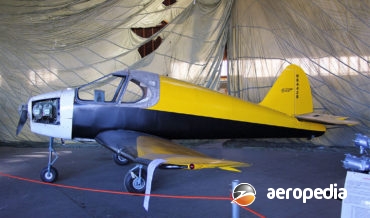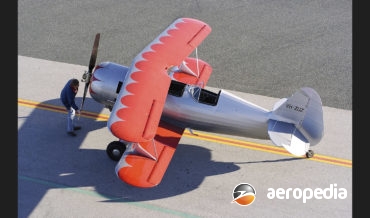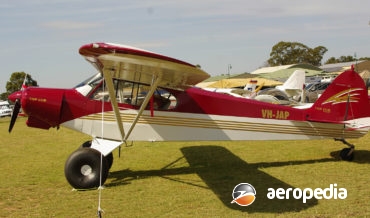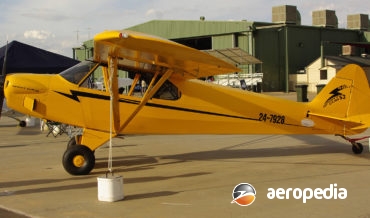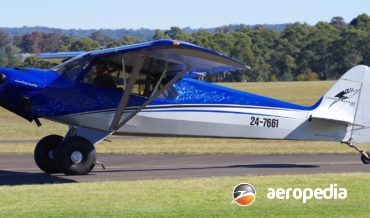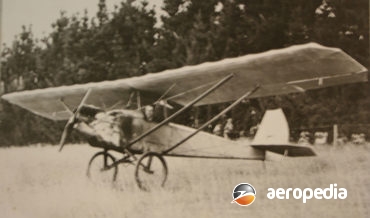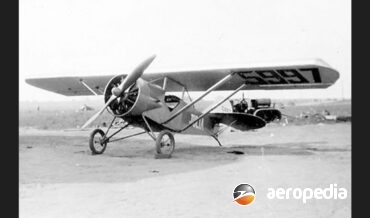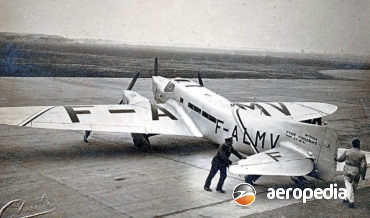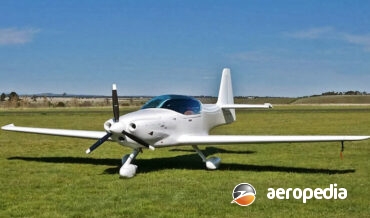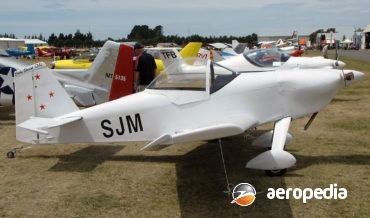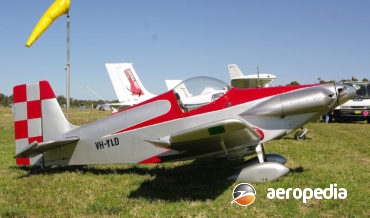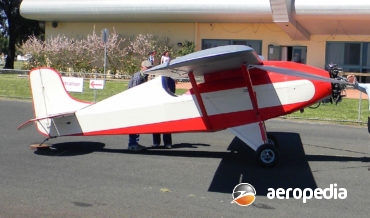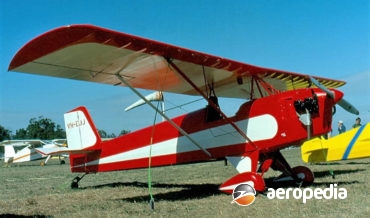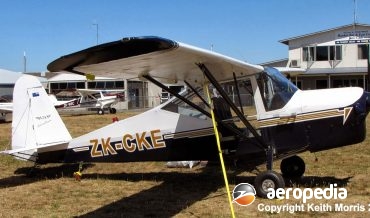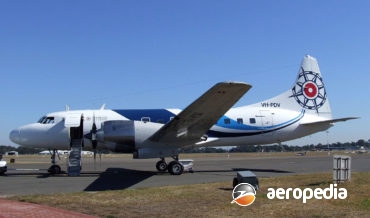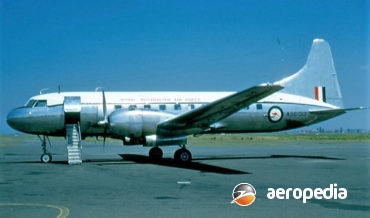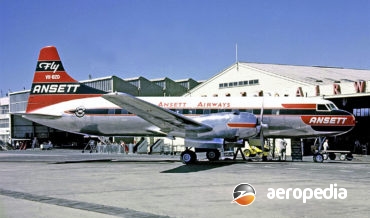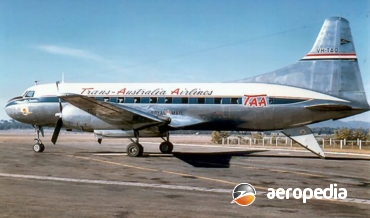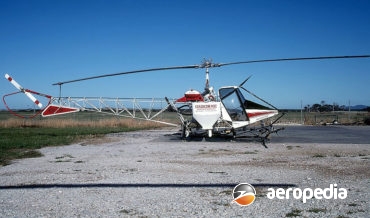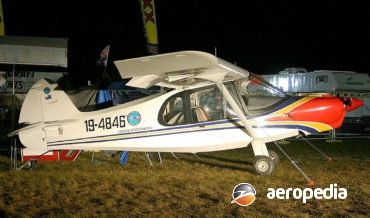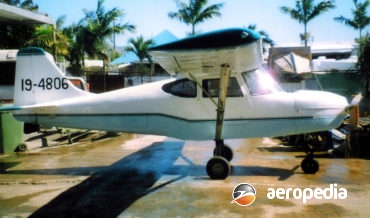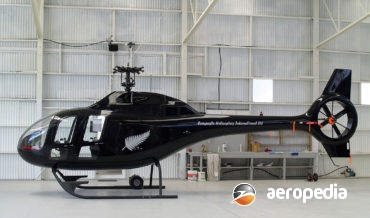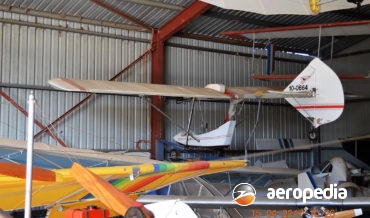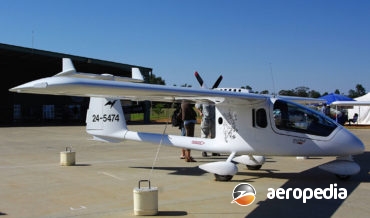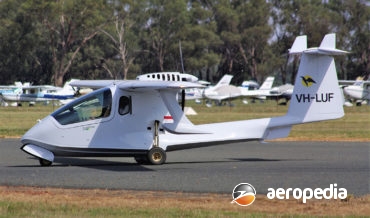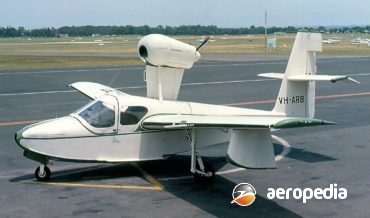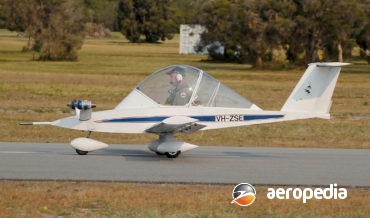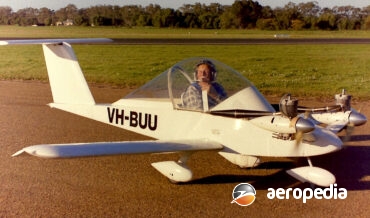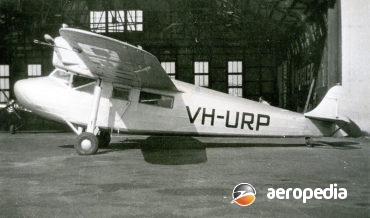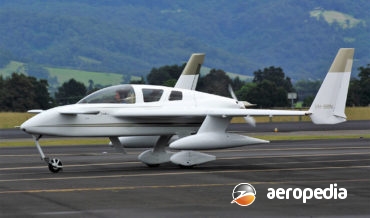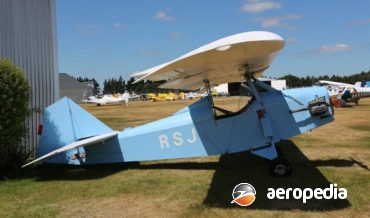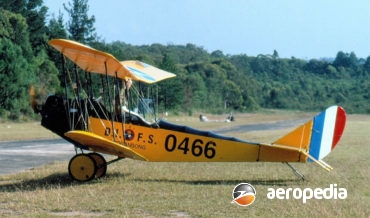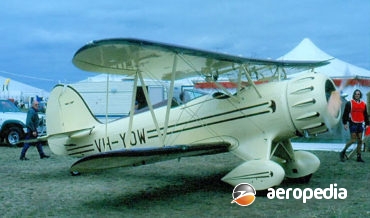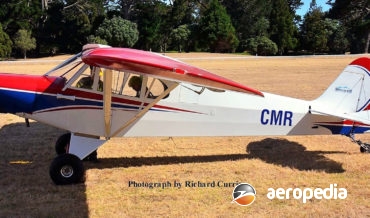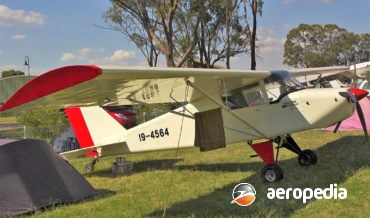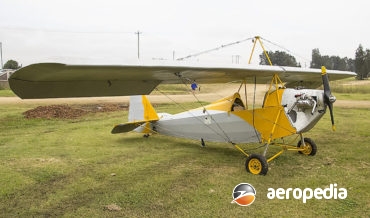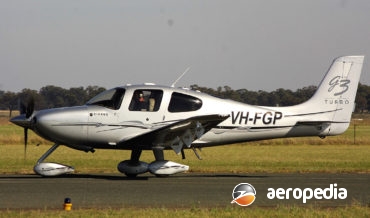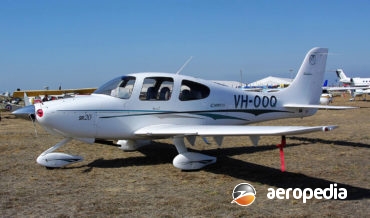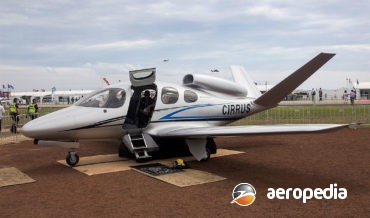All Contents
Contents
The Culver Cadet series of light aircraft was designed by Al Mooney and built by the Culver Aircraft Company of Wichita Kansas as a two-seat small side-by-side all-wood construction light aircraft fitted with a 60-kw (80-hp) Franklin 4AC-176-D engine.
David C. Eyre
- May 17, 2019
The Culp Special was designed by Mr Steven Culp of Culp Specialities of Shreveport, Louisiana and is a development he made to the basic design of the Steen Skybolt to increase its aerobatic performance.
David C. Eyre
- May 17, 2019
CubCrafters was founded in 1980 by Mr James Richmond in Yakima, Wisconsin to re-build and modify PA-18 Super Cubs and similar aircraft, and by 2007 more than 120 aircraft had been through the company’s re-manufacturing facility.
David C. Eyre
- May 17, 2019
The CubCrafters CC11-100 was introduced to the Light Sport Aircraft market in the United States to meet a requirement for a lower-powered variants of its range and is an entirely new aeroplane designed from the ground up making extensive use of modern avionics, design techniques and composites including carbon fibre,
David C. Eyre
- May 17, 2019
As noted in the Top Cub article, CubCrafters was founded in 1980 by James Richmond in Wisconsin to re-build and modify Piper PA-18 Super Cubs and similar aircraft and eventually to redesign the aircraft and upgrade it to meet customer requirements.
David C. Eyre
- May 17, 2019
David Cecil Cross of Chatton, NZ, 24 years of age, described as a “technological experimenter” in 1933 built a small monoplane of his own design on a farm at Chatton, north of Gore, NZ. He was one of seven children.
David C. Eyre
- May 17, 2019
In 1912 Harvey Crawford, who lived in Los Angeles, placed an entry in the Third International Air Meeting at Domingues Hills near the city and took part in the event.
David C. Eyre
- May 17, 2019
Rene Couzinet was one of the early French aircraft designers, one of his aircraft, the Couzinet 10 (c/n 1 - Arc-en-Ciel) with three engines crossing the South Atlantic Ocean in 1933 on a return trip from Paris to Argentina.
David C. Eyre
- May 17, 2019
This light sporting aircraft was initially produced by Corvus Aircraft Ltd, this company later becoming known as Corvus Hungary, the company over a period of eight years developing a fully composite light aircraft for private and training use, production of its aircraft by 2012 being said to be at a
David C. Eyre
- May 17, 2019
After the success of the Starlet, John Corby redesigned the aircraft to be constructed in metal, the new model becoming known as the CM-2 Kestrel, and after release of plans to home builders, construction of two examples commenced in New Zealand.
David C. Eyre
- May 17, 2019
Mr John Corby, a Sydney based consultant aero engineer, designed the Starlet for an English competition conducted by Rollason Aircraft Ltd in 1964.
David C. Eyre
- May 17, 2019
The Super Ace was one of a number of light aircraft designed for sporting pilots in the United States by Orland G Corben. His first design, the Ace, was first marketed in 1923 and this was followed in later years by the Junior Ace, the Cabin Ace and the Super
David C. Eyre
- May 17, 2019
The Baby Ace was designed in the early 1930s by O J Corben as a single-seat sporting aircraft which could be fitted with a variety of engines. Early aircraft were fitted with the 37-kw (50-hp) Salmson AD9, the Continental A40, or the 34-kw (45-hp) Szlesky.
David C. Eyre
- May 17, 2019
The Adventurer is a single-engine two-seat light sporting high-wing monoplane built in New Zealand by Mr Bruce Cooke.
David C. Eyre
- May 17, 2019
A successful series of airliners produced in the 1950s was the Convair CV-240, CV-340 and CV-440 series, a number of which saw service with airlines in Australia, and two were operated by the RAAF VIP flight.
David C. Eyre
- May 17, 2019
Following the success of the earlier CV-240 and CV-340 models, Convair chose to continue refine the series, despite the inroads then being made into the airline market by the Rolls Royce Dart powered Vickers Viscount.
David C. Eyre
- May 17, 2019
Following the widespread success of the CV-240 series, the Consolidated Vultee Aircraft Corporation of San Diego, California moved on to the development of the CV-340 series. Initially known as the CV-240A, the prototype (N3401) first flew on 5 October 1951, certification being obtained on 27 March 1952.
David C. Eyre
- May 17, 2019
The prototype of the Convair series of commercial airliners, the Model 110 (NX90653) was flown for the first time on 8 July 1946 at San Diego, being aimed at the market after World War II for the replacement of the DC-3.
David C. Eyre
- May 17, 2019
In 1959 Continental Copters Inc of Fort Worth, Texas obtained a number of Bell 47G-2 helicopters and proceeded to convert them to operate as single-seat agricultural aircraft and the conversion became known as the El Tomcat, produced over a number of years in some numbers for agricultural work.
David C. Eyre
- May 17, 2019
The Conroy Sparrow XC is an Australian designed single or two-seat light aircraft supplied in kit form to be completed in the amateur built or experimental categories. Designed by Christopher Conroy, it is one of a series of designs made available in recent years by Conroy Aircraft Components of Oxenford,
David C. Eyre
- May 17, 2019
This Company was based in Townsville, Qld and, in addition to producing its own designed aircraft, has been involved in the sale of ultra-light aircraft. One example is a strut-braced two-seat high-wing monoplane with a tricycle undercarriage which is fitted with a Subaru EA-81 engine with a direct drive, electric
David C. Eyre
- May 17, 2019
The KC-518 is a five / six seat utility helicopter aimed at the amateur-built market. It is available as a kit light helicopter of advanced design featuring fibre and Kevlar composite construction.
David C. Eyre
- May 17, 2019
The Stingray was an early foray into the construction of ultra-light aircraft in Australia, being placed into production by Composite Engineering Pty Ltd at Camden, NSW. Fitted with a tricycle undercarriage, it was built to +6 -4 G and had max cross-wind component of 37 km/h (23 mph). Fuel consumption
David C. Eyre
- May 17, 2019
Designed by Flight Lieutenant Nicholas Comper, the founder of the Comper Aircraft Co Ltd, the CLA7 Swift was a tiny but very efficient single-seat sporting aircraft of wooden construction, fabric covered (except for the plywood rear decking), and powered by a 26-kw (35-hp) ABC Scorpion radial engine.
David C. Eyre
- May 17, 2019
Colyaer SL, [construcciones Ligeras y Aeronauticas S.L.] has been building light sport aircraft for some years, the first aircraft produced being the Martin, for which three prototypes were built, one of which was fully certified and was a two-seater with a fixed tricycle undercarriage, this model becoming available in 1999
David C. Eyre
- May 17, 2019
Colyaer SL has been building light sport aircraft for some years, the first aircraft produced being the Martin, which was fully certified and was a two-seater with a fixed tricycle undercarriage, this model becoming available in 1999 and in its later form was known as the Martin 3.
David C. Eyre
- May 17, 2019
The skimmer was a successful foray into the production of an amphibian for private use by the Colonial Aircraft Corp.
David C. Eyre
- May 17, 2019
The Cri Cri is a cantilever low-wing single-seat monoplane designed and produced in France which has been built by amateur builders around the world and is usually fitted with two JPX PUL 212 piston engines which provide 11-kw (15-hp), one fitted to each of the wings in tractor configuration.
David C. Eyre
- May 17, 2019
The prototype of the Cri Cri series, known as the MC-10, was flown for the first time on 19 July 1973 powered by two 136-cc Rowena 6507J single-cylinder two-stroke engines, and was claimed to be the “smallest twin-engine aeroplane flying” and “the only aircraft able to lift a useful load
David C. Eyre
- May 17, 2019
During 1933 Sir Charles Kingsford Smith was making preparations to make a barnstorming tour of New Zealand with his Fokker F.VII/3m VH-USU Southern Cross and a new aircraft which had been designed to his specifications by Wing Command L J Wackett.
David C. Eyre
- May 17, 2019
The Cozy was designed by Nathan Puffer in 1980 as a two-seat side-by-side development of the Rutan Long Ez, the first flight of the type taking place on 19 July 1982.
David C. Eyre
- May 17, 2019
The Fred was designed by Eric Clutton in the United Kingdom as a single-seat light parasol-wing aircraft for amateur construction. The name “Fred” stands for “flying runabout, experimental design”.
David C. Eyre
- May 17, 2019
The Jenny is a two-thirds scale (67%) replica of the Curtiss JN4D Jenny of the 1920s and is a single-seat ultra light of biplane configuration. Although the design appears to have a second cockpit, this is non functional. The airframe is gusset riveted aluminium tubing with dacron covering.
David C. Eyre
- May 17, 2019
Due to the interest in 1930’s vintage aircraft, and the lack of an adequate supply of survivors, a replica of the 1930s era Waco YMF biplane has been developed and built by the Classic Aircraft Corp at Battle Creek, Lansing, Michigan.
David C. Eyre
- May 17, 2019
The CubFlyer was designed by Malcolm Savill of Classic Aviation Designs in Hamilton, NZ. The idea was to have students at the Otamatea High School build an aircraft and in 2002 work commenced on the construction of a Light Miniature Aircraft LM-5X-W and this aircraft was completed on 9 April
David C. Eyre
- May 17, 2019
The Cadi, as it was initially known, was a light aircraft designed in about 1994 in Canada by Jean Eudes Polvin. In 1998 a company, Canadian Light Aircraft Sales & Service (CLASS) was formed in Quebec and obtained manufacturing rights to the aircraft, the name being changed to BushCaddy.
David C. Eyre
- May 17, 2019
The Skybaby is a single-seat parasol wing homebuilt aircraft which was designed by the Clancy Brothers (William, Jack and Alan) at Rosebery in Sydney.
David C. Eyre
- May 17, 2019
Following the success of the SR-20 series, Cirrus developed the larger and more powerful SR-22 series, the first of which was shown at the United States Aircraft Owners and Pilots Association meeting in Florida in 2000.
David C. Eyre
- May 17, 2019
The Cirrus SR-20 was developed by the Cirrus Design Corporation in Minnesota and is a all-composite design with a fixed undercarriage seating four with a 149-kw (200-hp) Teledyne Continental IO-360 engine and is manufactured at the company’s facility at Grand forks, North Dakota.
David C. Eyre
- May 17, 2019
This is one of a number of very-light private jet aircraft offered on the world market and is a seven-seat composite design with a single Williams FJ33-4 turbofan mounted above the cabin and exhausting between the V-shaped tail.
David C. Eyre
- May 17, 2019
Recent Comments
Archives
Categories
- No categories
Categories
- No categories
Latest Posts
Newsletter

